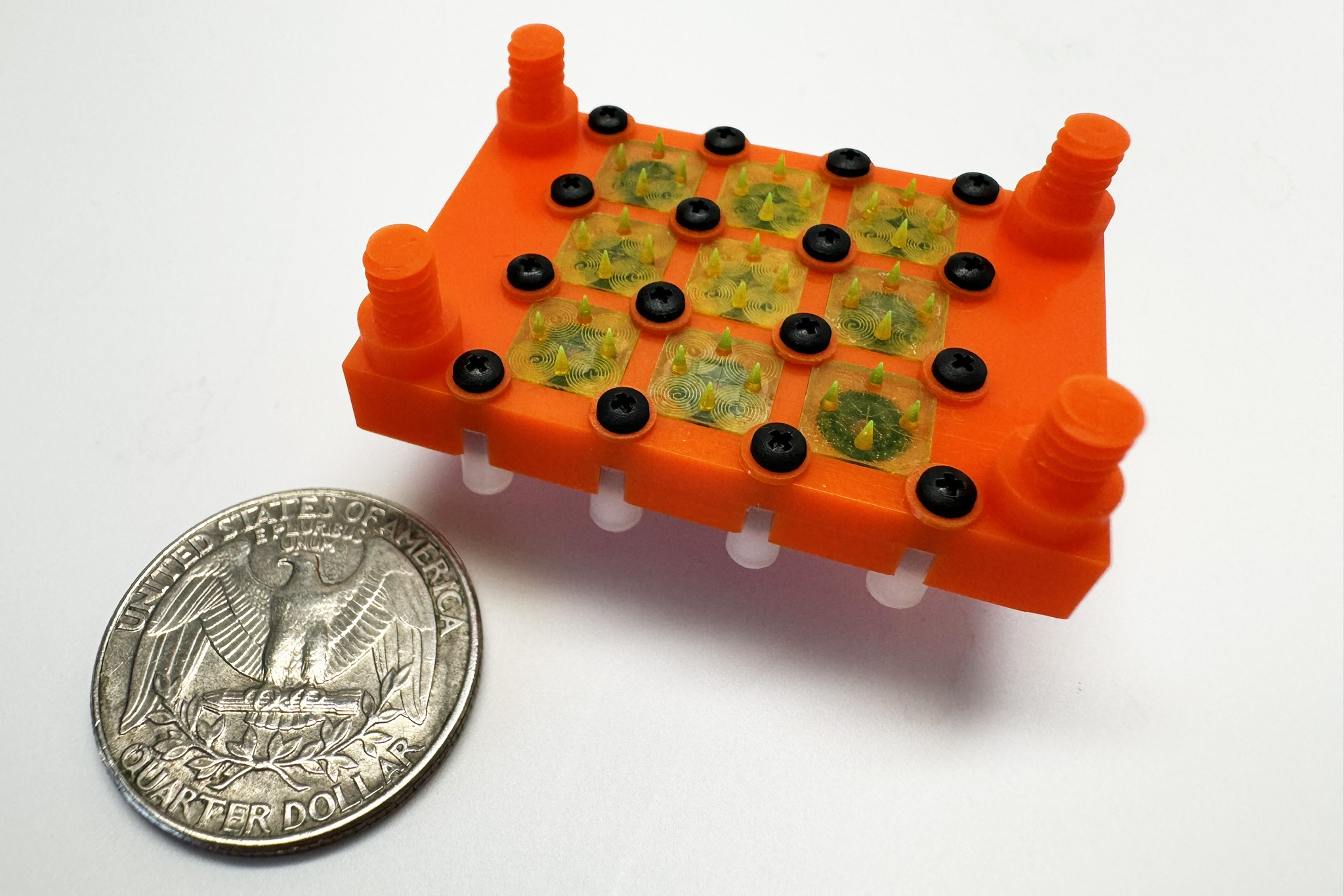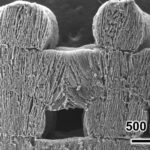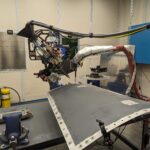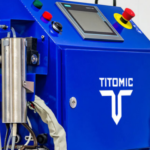MIT engineers have successfully created the first fully 3D-printed electrospray engine for small satellites. The new device, which generates thrust through electrically charged droplets, can be manufactured more quickly and at a lower cost than traditional thrusters made in semiconductor cleanrooms. The engine consists of 32 electrospray emitters working in parallel to produce uniform propellant flow.

The researchers combined two different 3D printing techniques to overcome the manufacturing challenges. They used two-photon printing for the precise emitter modules with sharp tips, while digital light processing was employed to create the larger manifold block that houses the components. This dual approach allowed them to optimize the fabrication process at different scales.
The prototype demonstrated superior thrust generation compared to existing droplet electrospray engines. The team discovered that modulating the applied voltage provided better control over thrust than traditional pressure-based systems. This finding suggests the possibility of simpler, lighter, and more efficient thruster designs that require fewer complex components.
“Using semiconductor manufacturing doesn’t match up with the idea of low-cost access to space. We want to democratize space hardware,” says Luis Fernando Velásquez-García, principal research scientist at MIT’s Microsystems Technology Laboratories and senior author of the study published in Advanced Science. The technology could enable astronauts to print replacement engines in orbit instead of waiting for shipments from Earth.
The research team is now exploring ways to create denser arrays of emitter modules and investigating multiple electrode configurations. Their long-term goal includes demonstrating a CubeSat equipped with a fully 3D-printed electrospray engine for operation and deorbiting. The project received funding from a MathWorks fellowship and the NewSat Project, with research conducted using MIT.nano facilities.
Source: news.mit.edu










